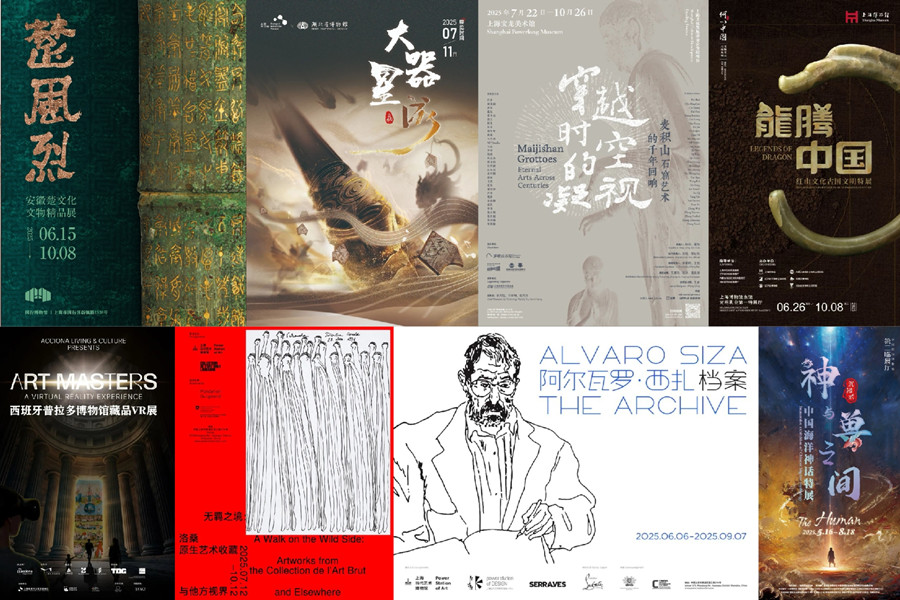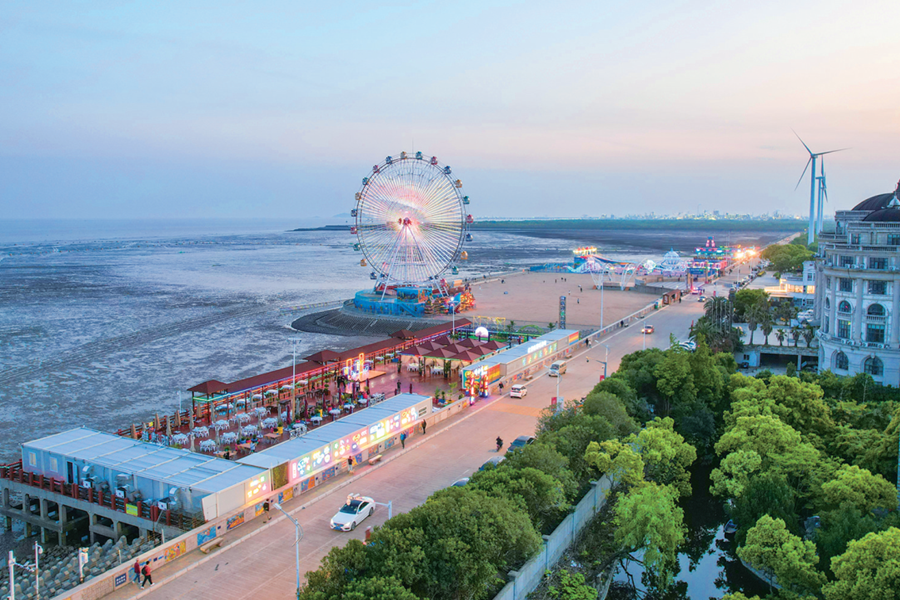Chuansha Zhongshi Street Historical and Cultural Block
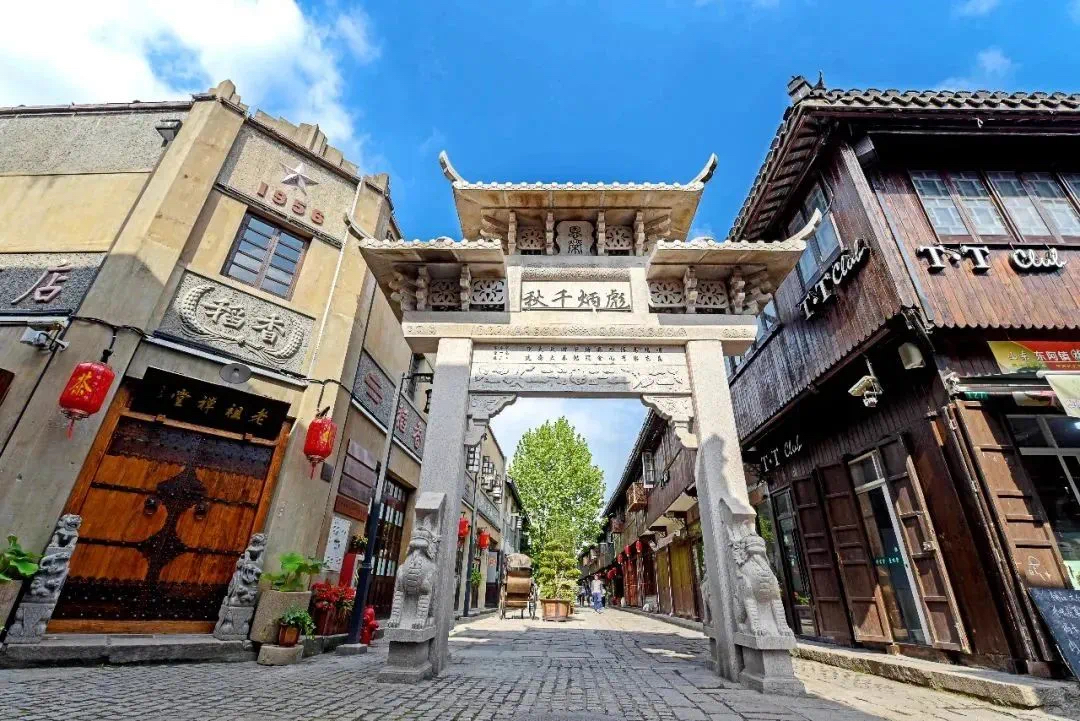
The Chuansha Zhongshi Street Historical and Cultural Block, with an area of 19.3 hectares, is located in the eastern part of the old city of Chuansha Ancient Town in Pudong New Area.
Bordered by the city moat to the east, north and south, and Beishi Street to the west, Chuansha Ancient Town stands out as the only square-shaped layout in Shanghai, contrasting with the turtle-shell shape of Jiading Ancient Town and the elongated oval shape of Qingpu Old Town.
The area is characterized by its Jiangnan water town style, a picturesque canal town featuring crisscrossing streets and lanes, and tree-lined canals. It has preserved the complete "double cross" ancient streets (Zhongshi Street, Nanshi Street, Beishi Street, and Xishi Street) and the ancient city structure surrounded by moats, earning it the nickname "miniature version of Suzhou Ancient City".
The buildings within the area blend Chinese and Western styles, including traditional commercial-residential buildings, Shikumen houses, and garden villas. Architectural details include stained-glass, decorative gables, European-style colonnades, and mosaic floor tiles.
This combination retains the charm of traditional Jiangnan street markets while highlighting the architectural history of modern Shanghai's fusion of East and West.
Known as the "root of Pudong's historical culture", this area is the hometown of notable figures such as Soong Ching-ling, Huang Yanpei, and Hu Shi. It contains one municipal-level cultural heritage site (Huang Yanpei's Former Residence), and six district-level protected sites, demonstrating its rich culture.
Key attractions
Old street scenery
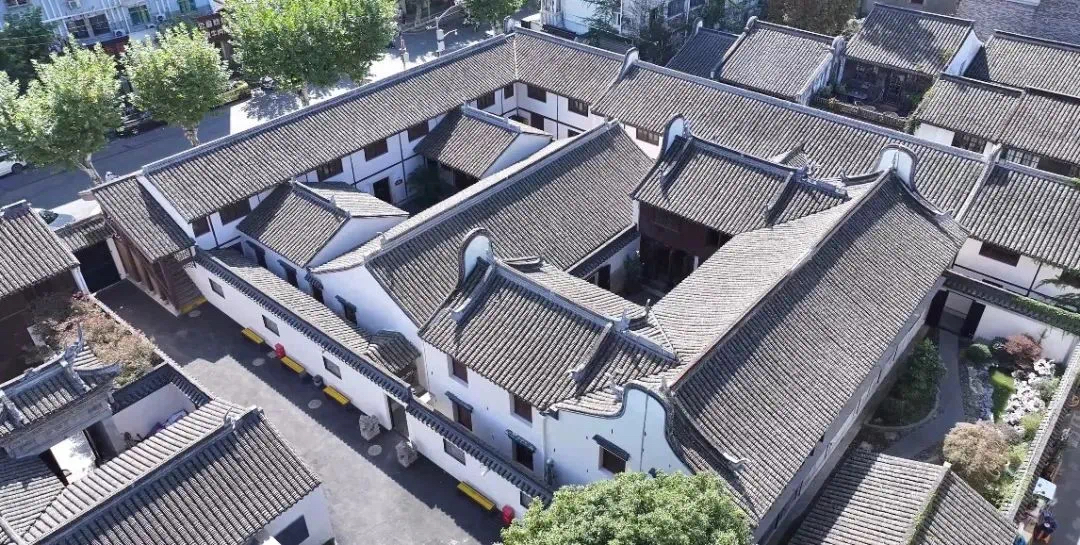
Zhongshi, Nanshi, Beishi, and Xishi Streets make up the main shopping and cultural area of Chuansha. The bluestone paths are lined with old residences from the late Qing Dynasty (1644-1911) and early Republic of China period (1912-1949), and the densely packed shops recreate the bustling atmosphere of old Jiangnan markets.
Neishidi
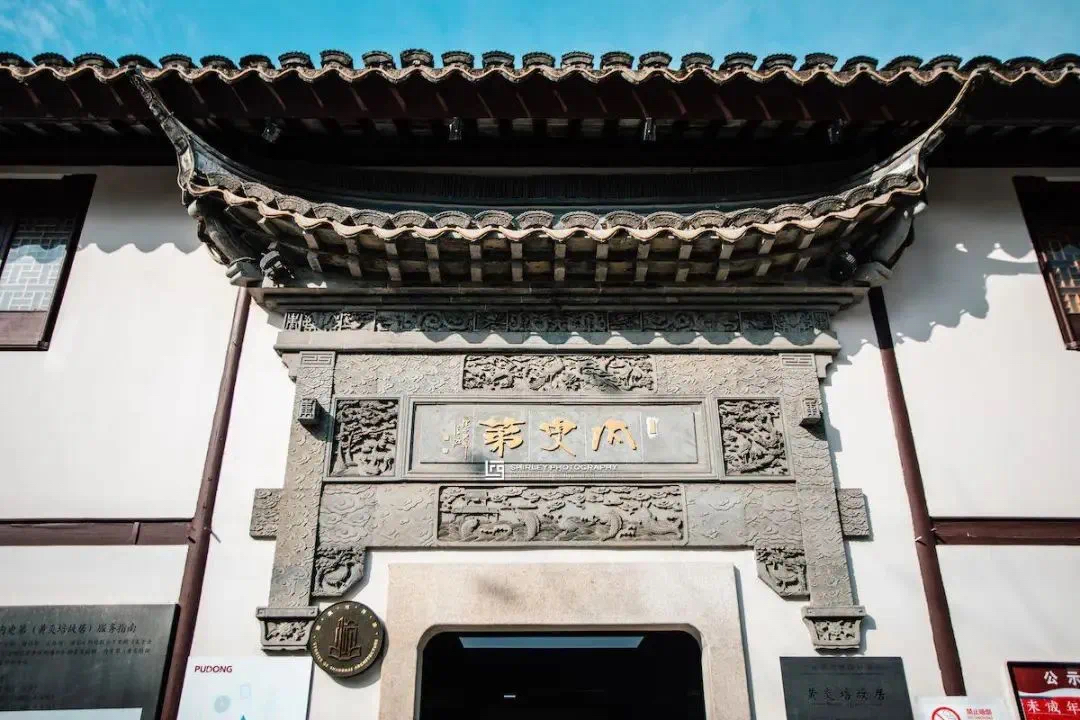
Neishidi, or the Shen Family Mansion, was built by Shen Shuyong, an imperial cabinet secretary, and was named after his position. It served as the residence of Huang Yanpei and the Soong family, making it famous for its ties to notable figures.
Known as the "source of Pudong culture", it houses cultural relics like Han Dynasty (206 BC — AD 220) steles and Tang Dynasty (618-907) stones. Qing Dynasty scholar Yu Yue called it "the wealthiest in the southeast", and educator Huang Yanpei remarked, "The culture of Chuansha is in Neishidi".
Location: No 218 Xinchuan Road
Chuansha Ancient City Wall Park
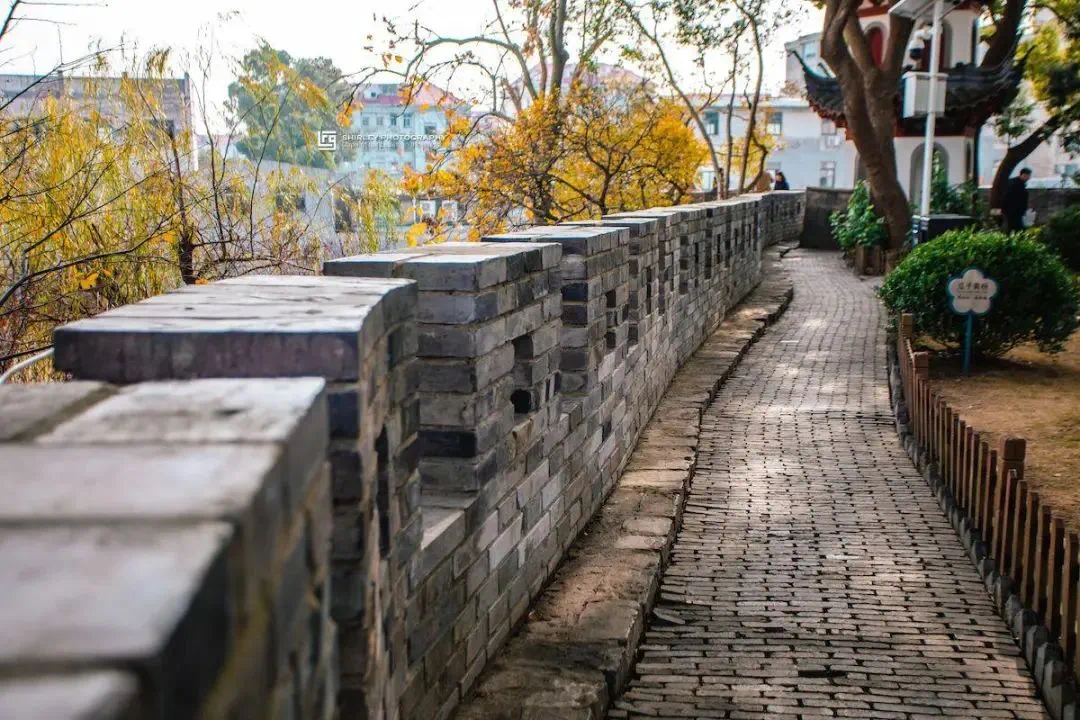
The existing 60-meter Ming Dynasty (1368-1644) city wall was built in 1557 to resist Japanese pirates. From the wall, visitors can view historical relics such as an ancient artillery platform, a pavilion with a stele of the 12th-century patriotic general Yue Fei's poem, and one of Shanghai's only two Kuixing Pavilions. Opposite the Ancient City Wall Park is the former site of the Chuansha Civil Administration Office, which is also worth visiting.
Location: No 171 Xinchuan Road
Chuansha Park
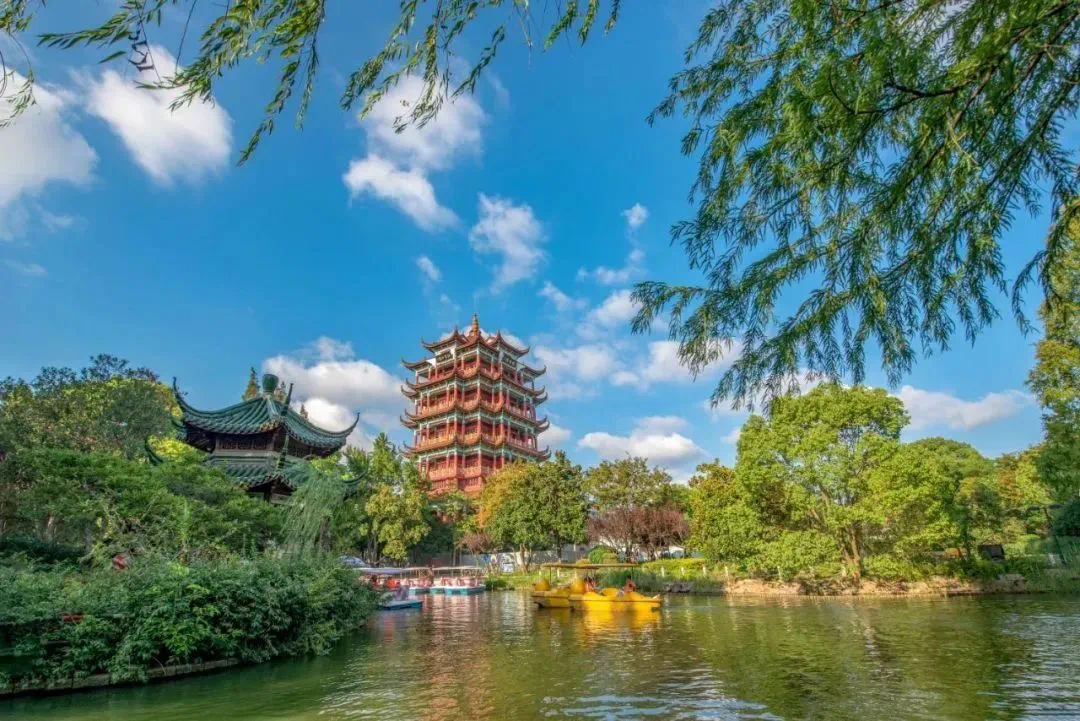
The park's western garden features Jiangnan-style landscaping, the serene Qingbo Lake, winding corridors, and elegant windowed walls, while the eastern garden is a retro amusement area that blends tradition with modernity.
The 54-meter-tall Heming Tower in the park resembles Wuhan's Yellow Crane Tower, with golden glazed tiles and 60 copper bell eaves exuding a Tang Dynasty style. Climbing the tower offers a panoramic view of the ancient town.
Location: No 411 Chengnan Road
Former Site of Chuansha Station of the Shangchuan Railway
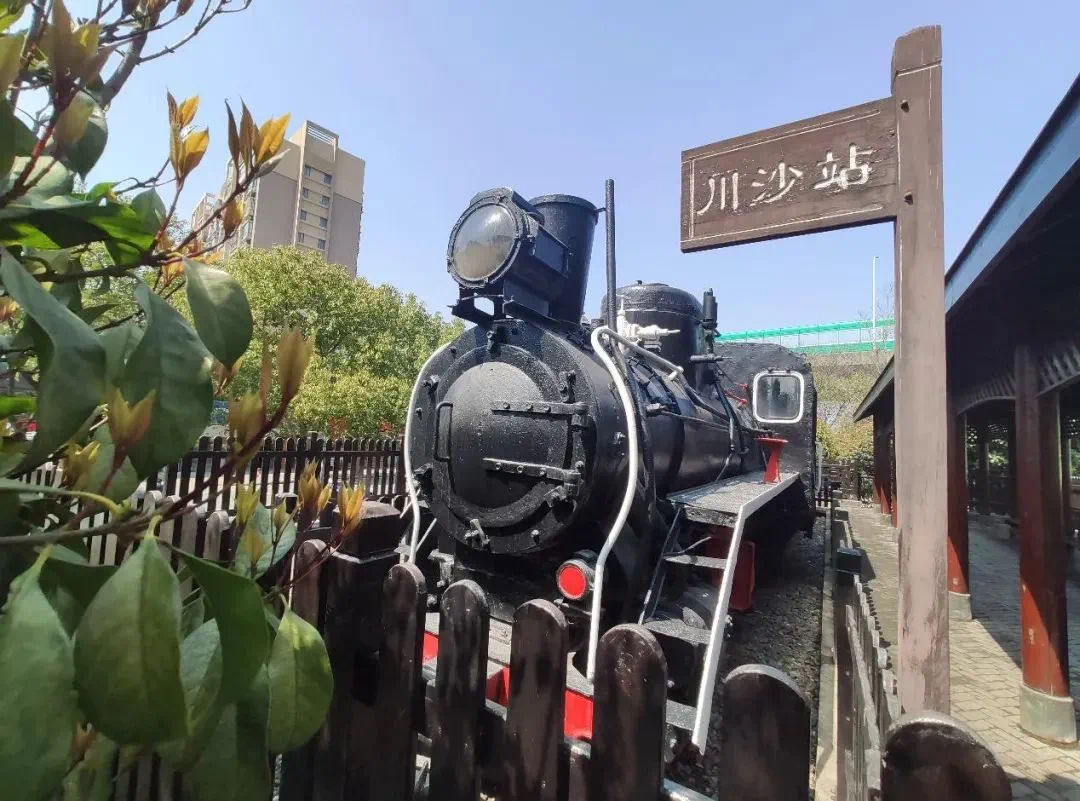
The Shangchuan Railway was Shanghai's first commercial light rail. In 1921, with the support of figures such as Huang Yanpei and Zhang Zhihe, the Shangchuan Transportation Company was established, laying rails from Qingning Temple to Chuansha. In 2010, due to the construction of the Huaxia Elevated Road, the original site of the Chuansha Station was demolished. In 2013, the two were merged into one and reconstructed at the intersection of Beishi Street, Chuansha, and East Huaxia Road, becoming a joint testament to the transportation and architectural history of Pudong.
Location: No 2696 East Huaxia Road, Chuansha New Town, Pudong New Area
(Updated on Aug 14, 2025)
Source: WeChat account of Shanghai Municipal Culture and Tourism Development Center, Office of Shanghai Chronicles
Editor's Pick
FAQs
- What if my passport expires but my Chinese visa is still valid?
- Can pets and owners depart from different countries while complying with customs regulations?
- Can a minor travel to China and stay in a hotel without a parent's presence?
- Who is eligible for the 240-hour visa-free transit policy in China?
